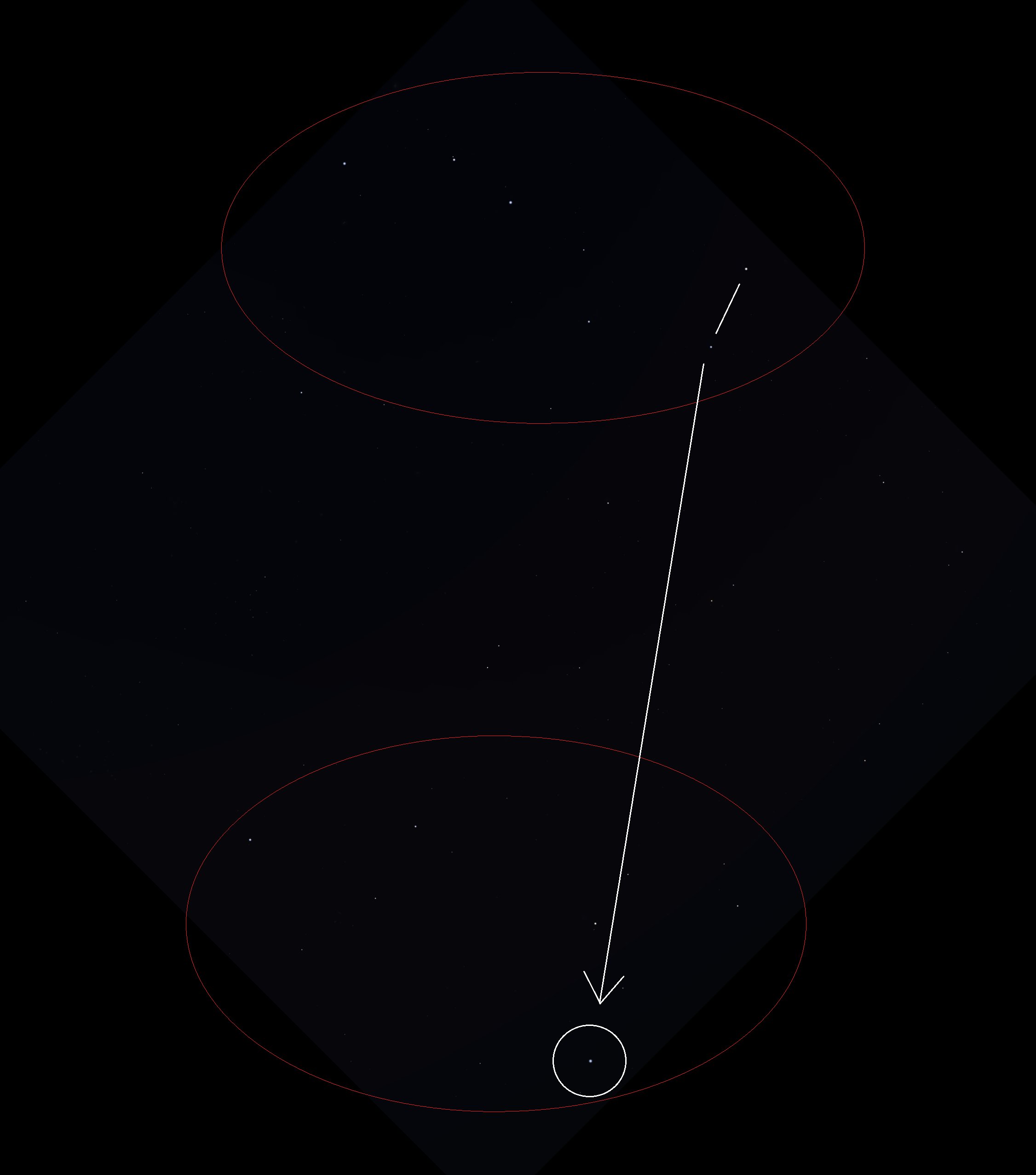Find the Big Dipper. Normally you use the right-most two stars to draw a line going up, which finds you Polaris. To find Leo, use those same two stars, but go down. Evenually you'll run into a bright star near the ecliptic, or middle of the sky. This is Regulus, the brightest star in Leo.

The constellation kind of looks like a mouse, with its pointed head facing to the left, and the curved tail to the right. However, the curved/backwards question mark part is the head/mane of the lion! The bright star Regulus (circled in white) is named after the "heart of the lion," where it is located. The three bright stars to the left make up the butt of the lion's body. Continuing to the left even beyond these stars used to be Leo's bushy tail, but now it is known as Berenice's Hair.
Leo is one of the oldest constellations in the world, known as a lion even to the Mesopotamians 3,000 years ago. Throughout history, the constellation has been associated with kings and lions and the sort -- namely Regulus being known as the King Star.
Leo was the lion that Hercules fought and killed as one of his 12 challenges. Leo's hide was notoriously indestructible, and once vanquished, Hercules used the hide as an arrow-proof cloak.
Directly above Leo's head is Leo Minor, who doesn't have any cool stories.
Leo contains one of the closest stars to Earth: Wolf 359, at 7.8 light-years away, and also it contains the second farthest star: Icarus, at 28 billion light years away. Icarus was only discovered due to some crazy gravity stuff that only barely made it visible to only the biggest telescopes; for this reason, it was almost called Warhol(?)

Source: link